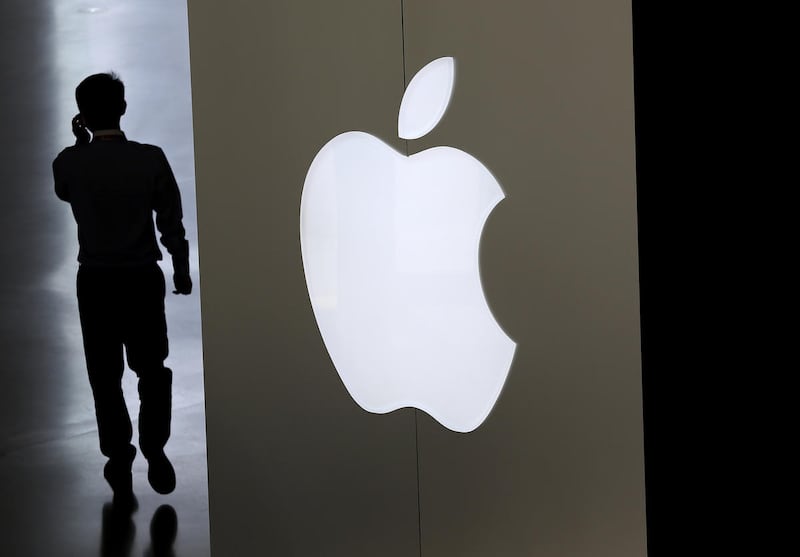Keeping kids safe online can be a full-time job for parents. While good communication between parents and children is key, moms and dads should set kids up for success by placing parental controls on devices.
Apple has a new software update; coming in September, iOS 26 expands tools that can help in the effort.
Communication limits
For parents whose children have an iPhone, they can now play a role in deciding who their kids can text through Messages.
If children want to communicate with a new phone number, they will need to get permission from their parents. It’s a one-tap approval method for mom or dad, but gives parents a heads up that someone new may be entering their kids’ digital life. Kids will also be able to send a parental approval request to chat, follow or friend users in any third-party apps (not developed by Apple) as well.

Age-appropriate app content
Child Accounts have the user’s age-range information. Now parents can share those details with app developers while keeping the child’s birth date private. If developers receive the age information, they may better provide age-appropriate experiences for those users.
Moms and dads can decide whether they want their kids’ age range information shared with all apps or only those they select. Children cannot decide how their age range information is shared unless their parents allow them to do so.
Whether or not a young person’s account was set up as a Child Account, these age-appropriate protections will be enabled for all users 13 to 17. Web content filters, age ratings and Communication Safety will all be enacted on those accounts.
Utah was the first state in the country to pass a bill requiring app stores to verify kids’ ages. The state’s App Store Accountability Act requires app stores — not individual apps — to seek parental consent before allowing minors to download apps.
Age ratings on the App Store
Each app on the App Store already shows its age rating based on information provided by developers. For parents, that’s often a first check to help them decide whether the app would be appropriate for their child to download.
Right now, those ratings are for ages 4+, 9+, 12+ and 17+. That leaves a big gap for teenagers. What may be appropriate for a 13 year old may not be for a 16 year old. Apple is helping by expanding age ratings by the end of the year, when you will see additional guidance for 4+ and 9+, but then 13+, 16+ and 18+.

Since these age ratings are also used for parental control features like Screen Time and Ask to Buy, these differentiations will likely be helpful for many parents.
FaceTime video safety
Communication Safety is a feature that aims to stop kids from seeing nudity. If something explicit is detected in a photo or video a child receives or is trying to send, the image will be blurred.
In the upcoming iOS 26 update, that capability will also apply to FaceTime. Apple says it will “intervene” when nudity is detected in FaceTime video calls and will also blur out any nudity in Shared Albums in Photos.

How do Android phones stack up against these parental controls?
For those under 18, Google Messages triggers a sensitive content warning when it detects images that contain nudity. That prompts an Android device to blur those images and give helpful resources to users who receive that type of content.
Parents can control the feature through Family Link for Supervised users. It’s off by default for adults and unsupervised teen accounts, but users can turn it on in settings.
This feature does not work for videos. Google Meet has an Acceptable Use Policy that prohibits nudity but only has the blurring capability in Messages.
For now, apps in the Google Play Store follow the age ratings from the International Age Rating Coalition which are similar to those Apple has favored in the past. They break age categories into 3+, 7+, 12+, 16+ and 18+.
When it comes to texting, parents of teens with Android phones can turn on “Only allow calls and texts from phone contacts:” through Family Link. This blocks incoming texts from unknown numbers, but not outgoing ones.
And worth noting: Android allows the incoming calls and text to go through if a child has reached out to that number within the past month.
Giving parents more options to monitor how their kids spend time online is helpful. But while these companies grant the ability to have parental controls, they only work if moms and dads actually set them up.
If parents haven’t yet set up monitoring through Family Share for Apple or Family Link for Google, it’s never too late to start.


